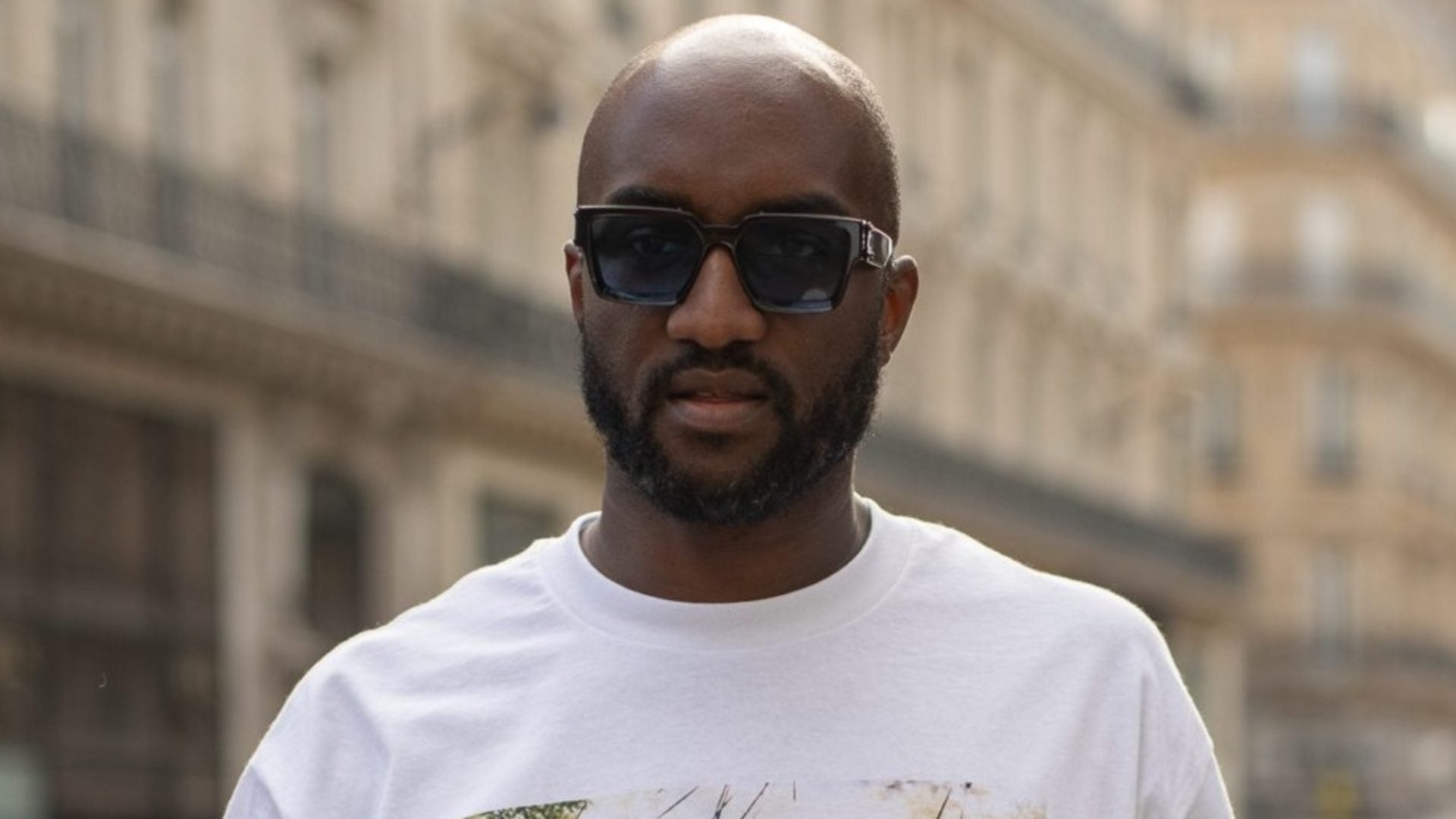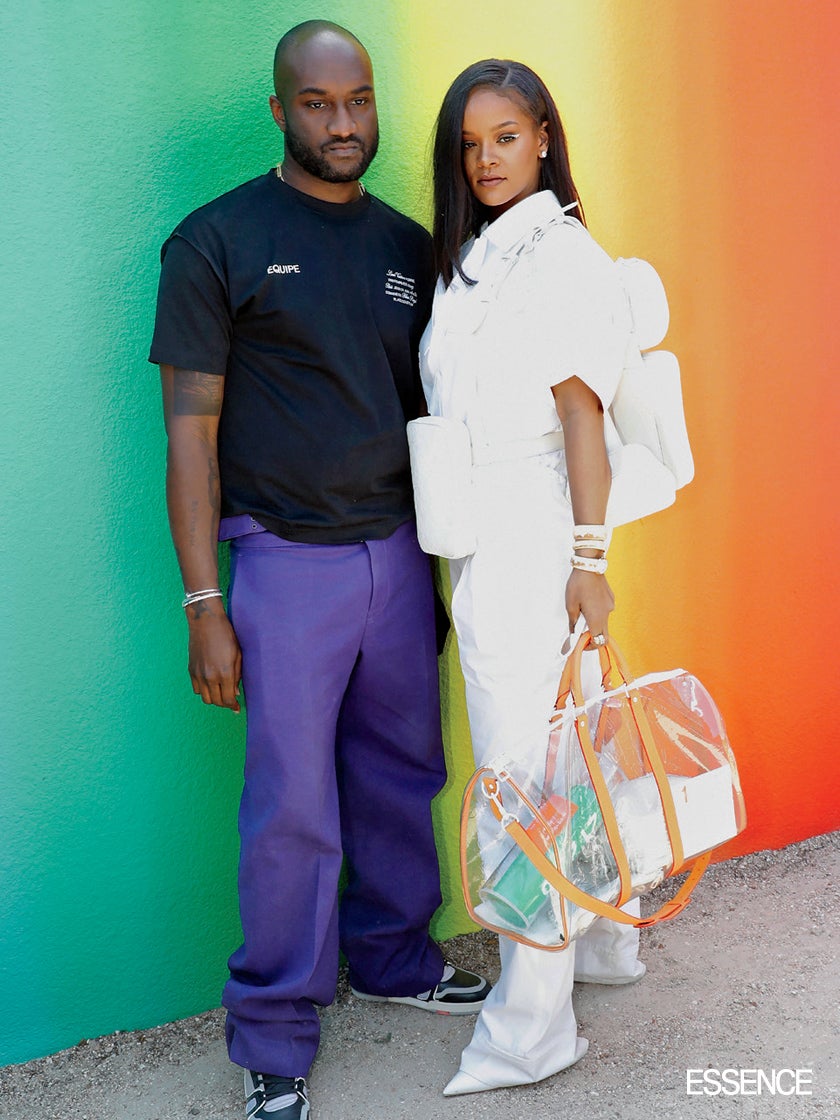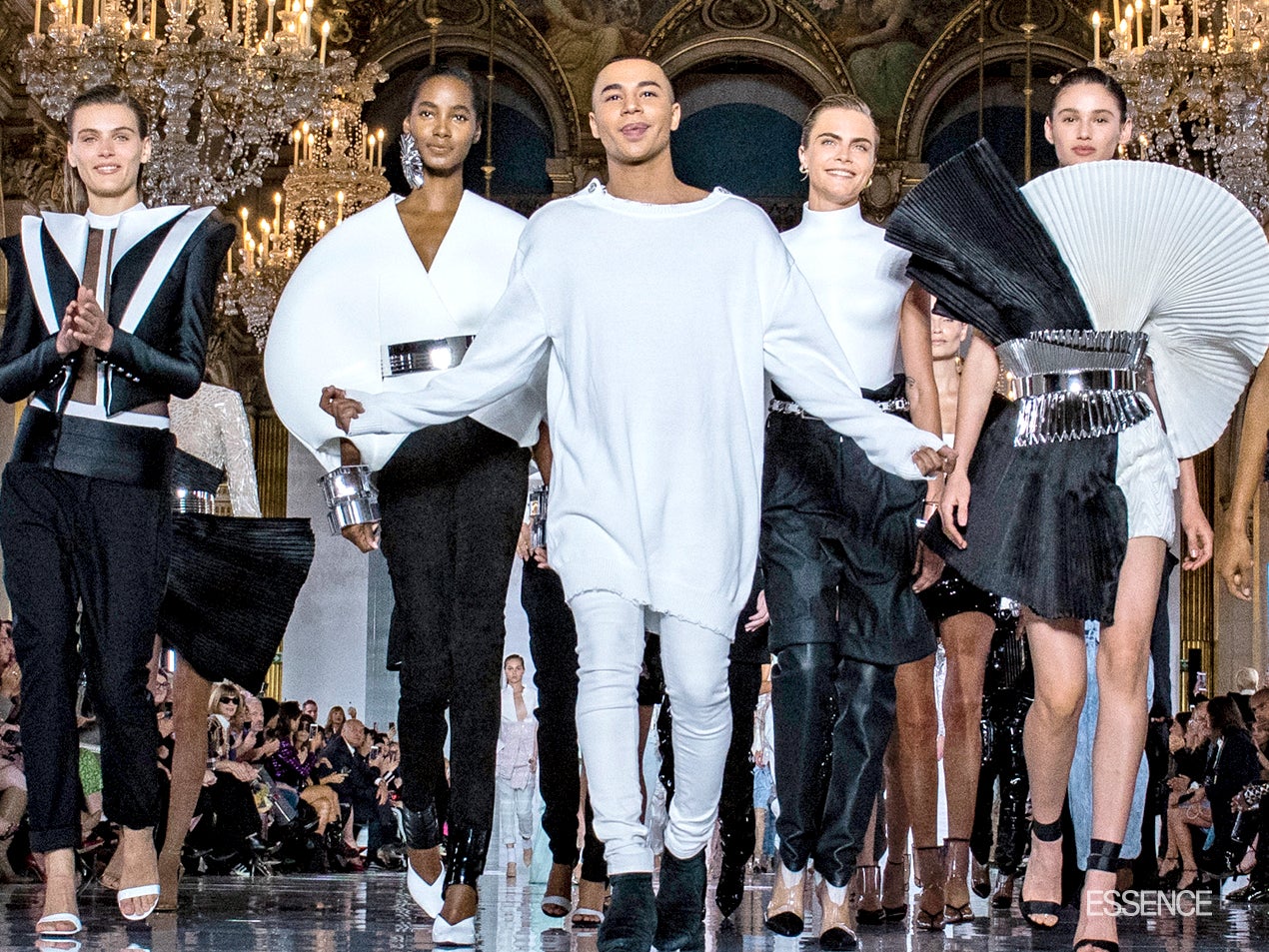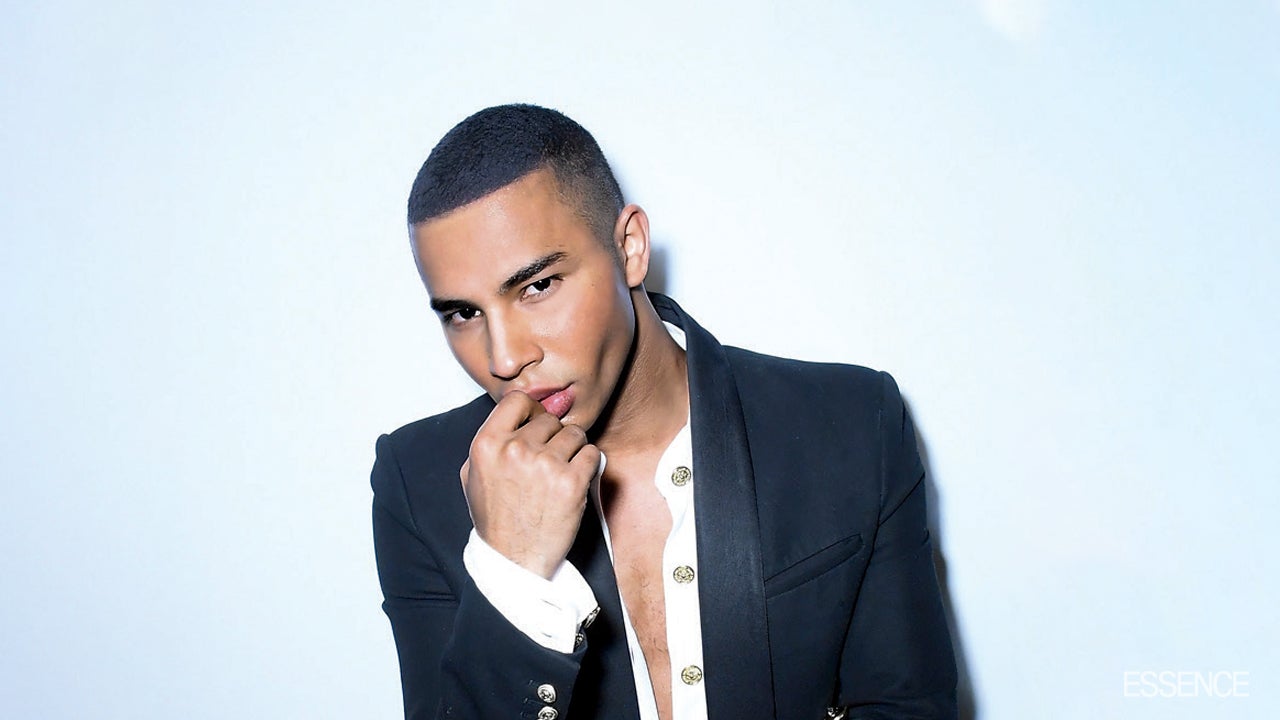
When it was announced that Rihanna would be releasing her own clothing line earlier this year, we had no doubt the rollout would be as epic as her two previous projects: Fenty Beauty and Savage X Fenty, an intimate-apparel line. The anticipation was just as high, if not higher, for Fenty after she dropped a few sneak peeks of her wearing the goods on her Instagram account. There she was, standing powerfully in a perfectly tailored tan pantsuit with a fanny pack waist belt to match, or rocking a denim dress with a pair of the brand’s “Blockt Mask” sunglasses.
Of course, Rihanna surpassed our expectations. The Fenty debut this past May was expansive and included a pop-up store and interactive installations at The Webster in SoHo. This debut also made the Bajan chart-topper and entrepreneur the first Black woman to have a label in partnership with the French fashion house LVMH.
Defined as “contemporary luxury,” Fenty undoubtedly pushes the boundaries of traditional ready-to-wear. “Born in Paris, made in Italy and France, Fenty lives online,” the website says, and with good reason: The Internet has made it much easier for today’s consumer to purchase luxury goods instantly. Deloitte’s 2018 Global Powers of Luxury Goods report found that millennial and Generation Z consumers are responsible for the growth in luxury sales over the past year, with “younger shoppers seeking a personalized shopping experience that seamlessly integrates both online and offline platforms.”

By adopting e-commerce platforms, luxury brands have seen a 22 percent boost in online sales, with the apparel sector growing 17 percent, to an average of $716 spent per buyer. According to the U.S. Luxury E-commerce Report from The NPD Group, millennial women ages 25 to 34 are responsible for buying two-thirds of online luxury accessories, apparel, and footwear. Fenty’s ready-to-wear pieces start at $250 for a tank top and go as high as $1,360 for a reversible parka. The premium cost may have created a barrier to entry for some, but those who saw the bigger picture understood the legacy Rihanna is building in very White spaces.
The artist is a reminder that Black ingenuity should be valued and our faces seen both on and off the runway. In particular, Black women are famously loyal customers who willingly drop a few coins on pieces we love. In Nielsen’s 2017 report titled African-American Women: Our Science, Her Magic, 63 percent of Black women agreed that they would pay more for high-quality items. And with Black spending power at $1.2 trillion and projected to reach $1.5 trillion by 2022, there’s nothing but opportunity for us to support our own.
Rihanna joins the likes of Virgil Abloh, Olivier Rousteing and Shayne Oliver—Black men who serve at the helm of luxury fashion houses Louis Vuitton, Balmain and Helmut Lang, respectively.

While each rose to leadership posts in their own way, they all have strived to make bold cultural statements in their work a priority. Tennis superstar Serena Williams has competed in many matches wearing Abloh’s signature brand, OffWhite, while Kanye West and Rihanna have worn Shayne Oliver’s resurrected label, Hood By Air.
Rousteing, who became head designer of Balmain at the tender age of 25, was determined to bring a fresh perspective to one of the largest French brands. In 2017, the then 31-year-old told The New York Times that his background growing up adopted, which he cites as his strength, had a lot to do with him being so adamant about pushing diversity in his work. “I think I’ve always been scared to not be loved,” he said, “so I think that’s why I’m always looking for diversity and to bring inclusion into the world.”
The fashion world is finally seeing how trendsetting people like Rihanna and Virgil Abloh are, and giving them access.”
—CLAIRE SULMERS
Claire Sulmers, the founder of the renowned blog Fashion Bomb Daily, is another ambassador of inclusivity in the industry. “Because fashion is frequently dismissed as being superficial and inconsequential, those at the top haven’t seen the need for people of color to be represented beautifully or for Black faces to populate mastheads and positions of power behind the scenes,” she observes.
Since 2006 Sulmers has made it her mission to spotlight Black fashion in the U.S. and abroad. And while she still experiences issues with access in certain parts of the industry, she remains determined to create and live “the bomb life” without limitations. “Websites like Fashion Bomb Daily have been highlighting the need for inclusion over all these years, and the fashion world is finally seeing how trendsetting people like Rihanna and Virgil Abloh are, and giving them access,” she says. “A revolution and a cultural renaissance are happening, and we are here for it.”
But this new wave of Black creativity in high-end fashion is far from the first that our global culture has seen.

For decades, there have been numerous Black designers, journalists, creators, directors, and stylists who are more than worthy to be mentioned alongside the names of some of the most prominent brands. Due to outright racism and a lack of capital and access to power networks, it’s been far more difficult for our talents to shine.
Two years ago, Gucci was called out for allegedly copying the signature design of Dapper Dan’s 1984 jacket. Many on social media claimed that the incident demonstrated a widespread disregard for Black creativity. Representatives of the Italian luxury brand met with the legendary Harlem designer soon after, and he agreed to collaborate with the company on its 2018 menswear line.
For some, Gucci is still ‘canceled’, but Dapper Dan’s willingness to hear what its reps had to say shows progress. “All luxury brands should look at Dapper Dan and Gucci as an example of what to do and what not to do,” Sulmers says. “But in the end, it’s a wonderful time to be a person of color in the fashion industry.”
